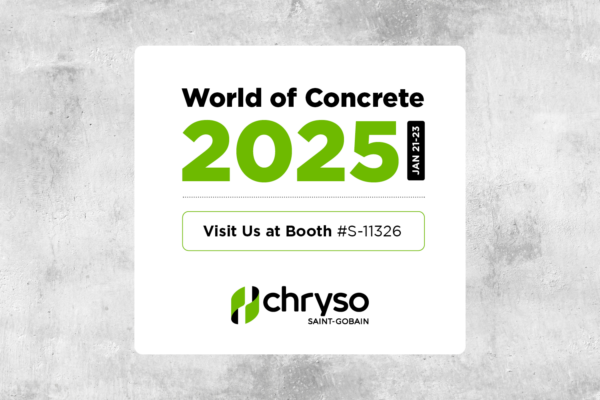Use of Retarders in Prestressed Concrete – TB-0501

Two common uses of retarders in prestressed concrete are (1) to control the setting characteristics of the concrete during the placement operations, and (2) to improve the strength performance of the concrete.
Set Control
Retarders prevent the concrete that is in contact with the strand from setting prior to the completion of vibrating operations. Vibration of the strand after set takes place can break the bond between the strand and the concrete and reduce the structural integrity of the prestressed piece.
Strength Performance
Many prestressed concrete producers use elevated curing temperatures to achieve maximum 12–16 hour strengths. In these situations, the higher curing temperatures can cause a rapid, less complete, hydration reaction and 28-day strengths tend to suffer. DARATARD® Retarders slow the hydration of the cement and permit the application of high temperature curing without affecting the ultimate strength of the concrete.
Considerations
In the interest of reducing the energy costs associated with curing prestressed concrete, many producers are using lower curing temperatures. This generally requires some reduction in the addition rate of DARATARD® Retarders. If curing temperatures are reduced and retarder dosage rates are not adjusted, over-retardation may result. Dosage rates should also be examined when using high-range water reducers such as DARACEM® and ADVA® in conjunction with retarders. At high temperatures a retarder may help in the strength development of superplasticized concrete, but at lower temperatures it may be beneficial to:
- Reduce the addition rate of DARATARD®
- Switch to a water reducer which will give less retardation, or
- Remove the retarder from the mix and use a HRWR alone





